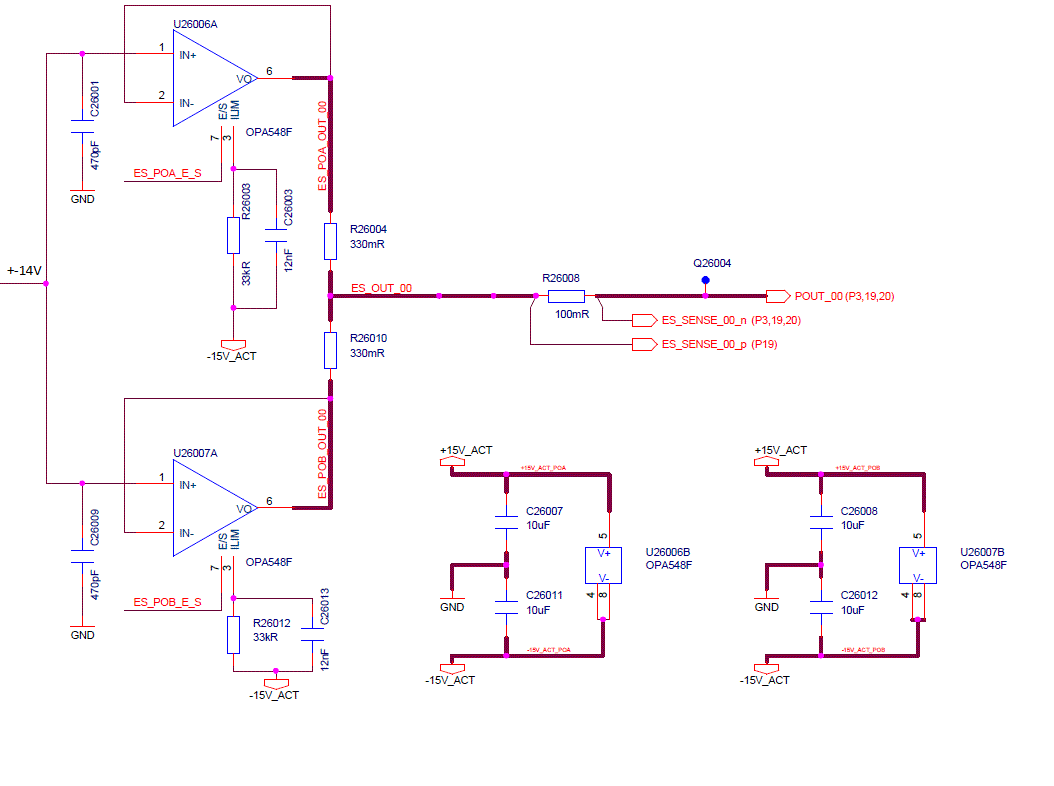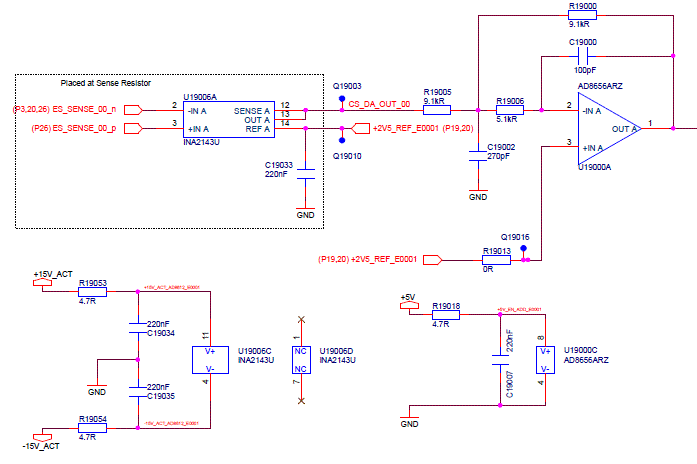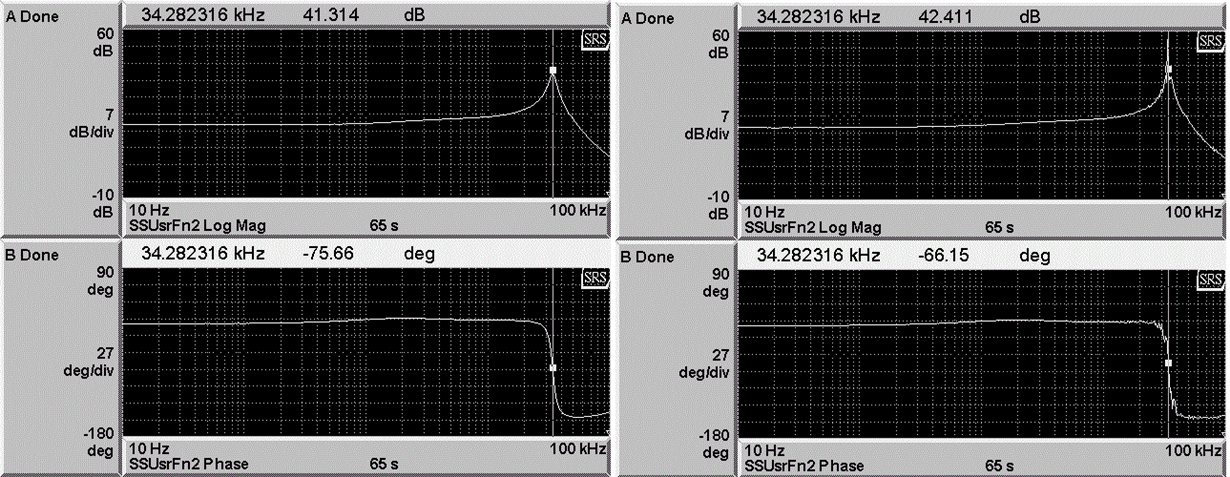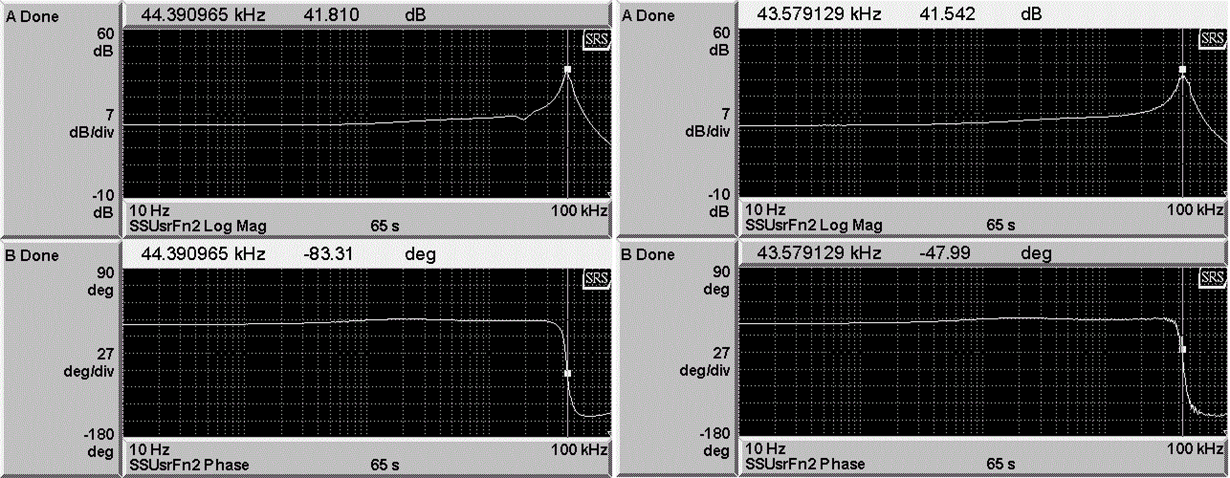Hello,
I am using a INA2143U for a current measurement circuit. (sense resistor = 0.1 Ohm, load = 1mH, 10 Ohm).
Measurements show that the INA2143 is not linear: for frequencies higher than 10kHz there are large spikes and dips in gain.
-The specific frequencies of these spikes and dips depend on the inductive load: at 2mH the frequency is cut by half
-The frequency is independent of the resistive load.
-If a purely resistive load is applied, the INA2143 is linear.
-The load is not oscillating with any (parasitic) capacitance in the circuit: it is tested by removing all capacitors that could cause an oscillation
Question:
Are there any preceding occurrences of this behavior documented?
Is the INA2143 unstable or is it incompatible with this circuit/load?
What could be done to stabilize the INA2143?









